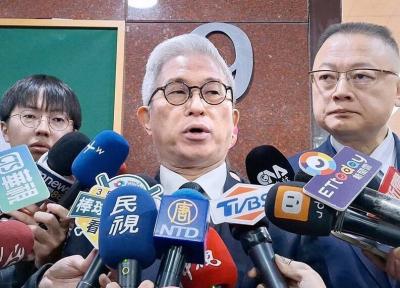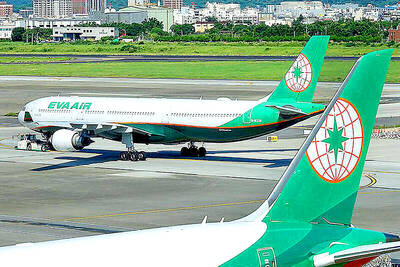The average monthly salary for young employees was NT$29,427 last year and NT$25,540 for those in their first job, according to a Ministry of Labor survey.
The survey of 4,047 people aged 15 to 29 who took part in the national labor insurance program and worked from October to November last year, showed an average monthly salary of NT$29,427, up NT$502 from 2014.
However, the average salary was NT$3,887 higher than the NT$25,540 earned by those in their first job, showing that most young employees receive higher salaries after changing jobs.
The average monthly wage for employees aged 20 to 24 was NT$25,868, while the salary for those in their first job was NT$23,119.
For people aged 25 to 29, the monthly salary was NT$32,472, while first-time employees earned NT$27,798.
The survey showed that new entrants to the labor market spend two months looking for a job on average, with up to half encountering difficulty because of a lack of experience and knowledge about suitable jobs, the ministry said.
The average age for finding a first job increased from 20.5 in 2006 to 21.7 last year, the ministry said.
The main factors young employees consider when looking for a first job are stability, salary and benefits, the survey showed, while 29 percent of young employees said they plan to change jobs, mainly because of low salaries and a lack of prospects.

A strong continental cold air mass is to bring pollutants to Taiwan from tomorrow, the Ministry of Environment said today, as it issued an “orange” air quality alert for most of the country. All of Taiwan except for Hualien and Taitung counties is to be under an “orange” air quality alert tomorrow, indicating air quality that is unhealthy for sensitive groups. In China, areas from Shandong to Shanghai have been enveloped in haze since Saturday, the ministry said in a news release. Yesterday, hourly concentrations of PM2.5 in these areas ranged from 65 to 160 micrograms per cubic meter (mg/m³), and pollutants were

Taiwan’s armed forces have established response protocols for a wide range of sudden contingencies, including the “Wan Chun Plan” to protect the head of state, the Ministry of Defense (MND) said today. After US President Donald Trump on Saturday launched a series of airstrikes in Venezuela and kidnapped Venezuelan President Nicolas Maduro, concerns have been raised as to whether China would launch a similar “decapitation strike” on Taiwan. The armed forces regularly coordinate with relevant agencies and practice drills to ensure preparedness for a wide range of scenarios, Vice Minister of National Defense Hsu Szu-chien (徐斯儉) told reporters before a

EVA Airways on Saturday said that it had suspended a pilot and opened an investigation after he allegedly lost his temper and punched the first officer several times as their plane was taxiing before takeoff at Los Angeles International Airport. According to a report published on Thursday by The Reporter, the incident occurred after the flight’s Malaysian first officer tried to warn the Taiwanese pilot, surnamed Wen (文), that he was taxiing faster than the speed limit of 30 knots (55.6kph). After alerting the pilot several times without response, the first officer manually applied the brakes in accordance with standard operating

The New Taipei City Social Welfare Department on Thursday celebrated Paralympic competitor Chen Tzu-wei (張孜維), who received last year’s national Golden Eagle award for exemplary achievement by Taiwanese with disabilities. Chen, who suffers from childhood-onset muscular dystrophy, did not attend the first award ceremony held by the Ministry of Health and Welfare in November due to illness. Chen was formally presented with the award at the department, where he gave thanks to government workers for supporting his education and livelihood, the department said in a statement. Chen was raised by the Ai-hsin Home for Persons with Disabilities in the city’s Bali District (八里)